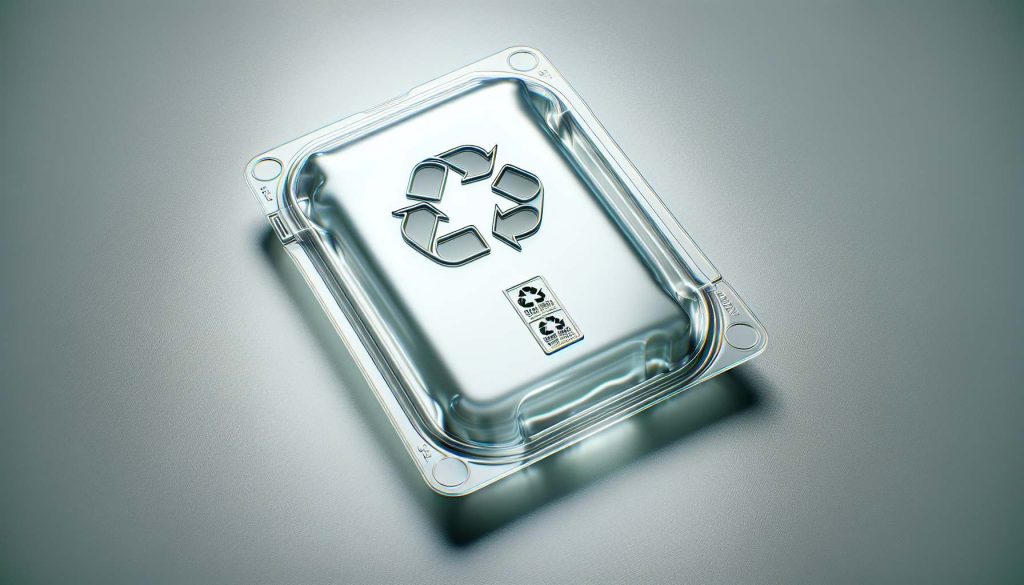Blister packaging is typically made from several raw materials, with varying levels of environmental impact:
- PVC (Polyvinyl Chloride): This is the most common material for blister packs due to its clarity and ease of thermoforming. However, it is not very environmentally friendly because it is not biodegradable and can release harmful chemicals when incinerated.
- Aluminum Foil: Used for its excellent barrier properties, aluminum is recyclable, but its production is energy-intensive.
- PET (Polyethylene Terephthalate): Offers better impact resistance and is more easily recyclable than PVC, making it a more environmentally friendly option1.
- Biomass-Based Plastics: These include materials like polyethylene derived from sugarcane, which are more sustainable as they are made from renewable resources. They are considered more environmentally friendly compared to conventional plastics.
- Paperboard: Often used as a backing material, it is biodegradable and recyclable, making it an environmentally friendly choice.
Efforts to improve the environmental friendliness of blister packaging include using materials that are recyclable or derived from renewable resources, like biomass-based plastics, which help reduce the overall environmental impact1.

Custom and buy cheap packaging please contact us:
Whatsapp: https://wa.me/+8613570649762
Telegram: https://t.me/packagingcc
Whatsapp: https://wa.me/+8613570649762
Telegram: https://t.me/packagingcc

